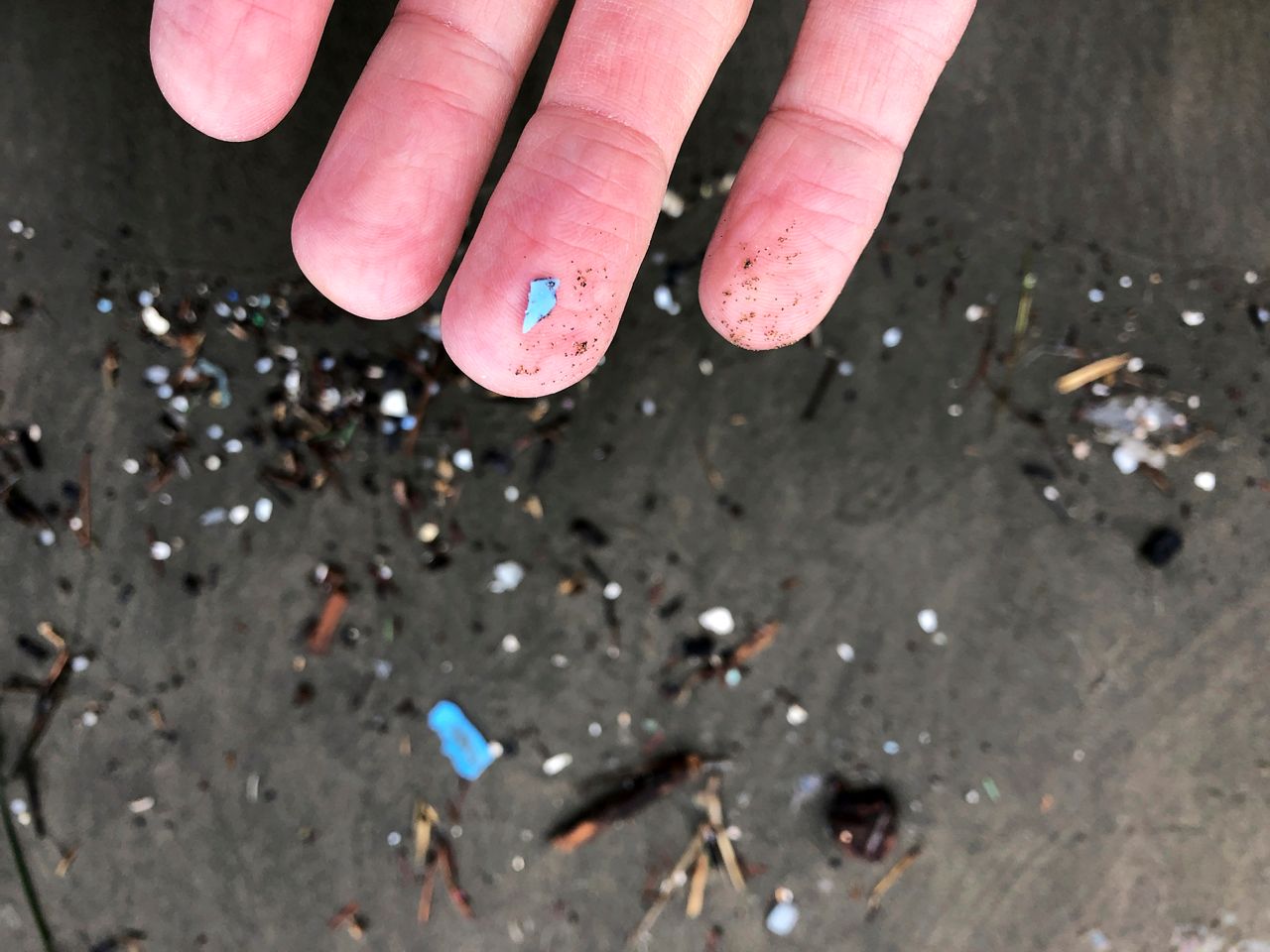Microplastics have become commonplace in bodies of water, but now some scientists say those microplastics are also in the clouds.
About 10 million tons of microplastics end up in the ocean and makes its way into the atmosphere and could contaminate what we eat and drink via “plastic rainfall.”
A Japanese study lead by scientists Waseda University found that clouds over Mount Fuji and Mount Oyama contain microplastics.
“Environmental Chemistry Letters” published the study.
The scientists found these tiny plastic particles in cloud mists. They went to the top of both mountains and took samples of the clouds surrounding its peaks.
(AP Photo/Andrew Selsky)
After analyzing the cloud droplets, they found nine different polymers and one type of rubber in the mist.
The researchers performed to this study to investigate how plastic air pollution could impact our climate and cloud formation.
Hiroshi Okochi, the lead researcher of the study and professor at Waseda University, said microplastics “degrade much faster in the upper atmosphere than on the ground due to strong ultraviolet radiation, and this degradation releases greenhouse gases and contributes to global warming.”
Researchers are uncertain about the effects of microplastics on human health. However, they believe these tiny plastic could impact our climate.
Our team of meteorologists dives deep into the science of weather and breaks down timely weather data and information. To view more weather and climate stories, check out our weather blogs section.

